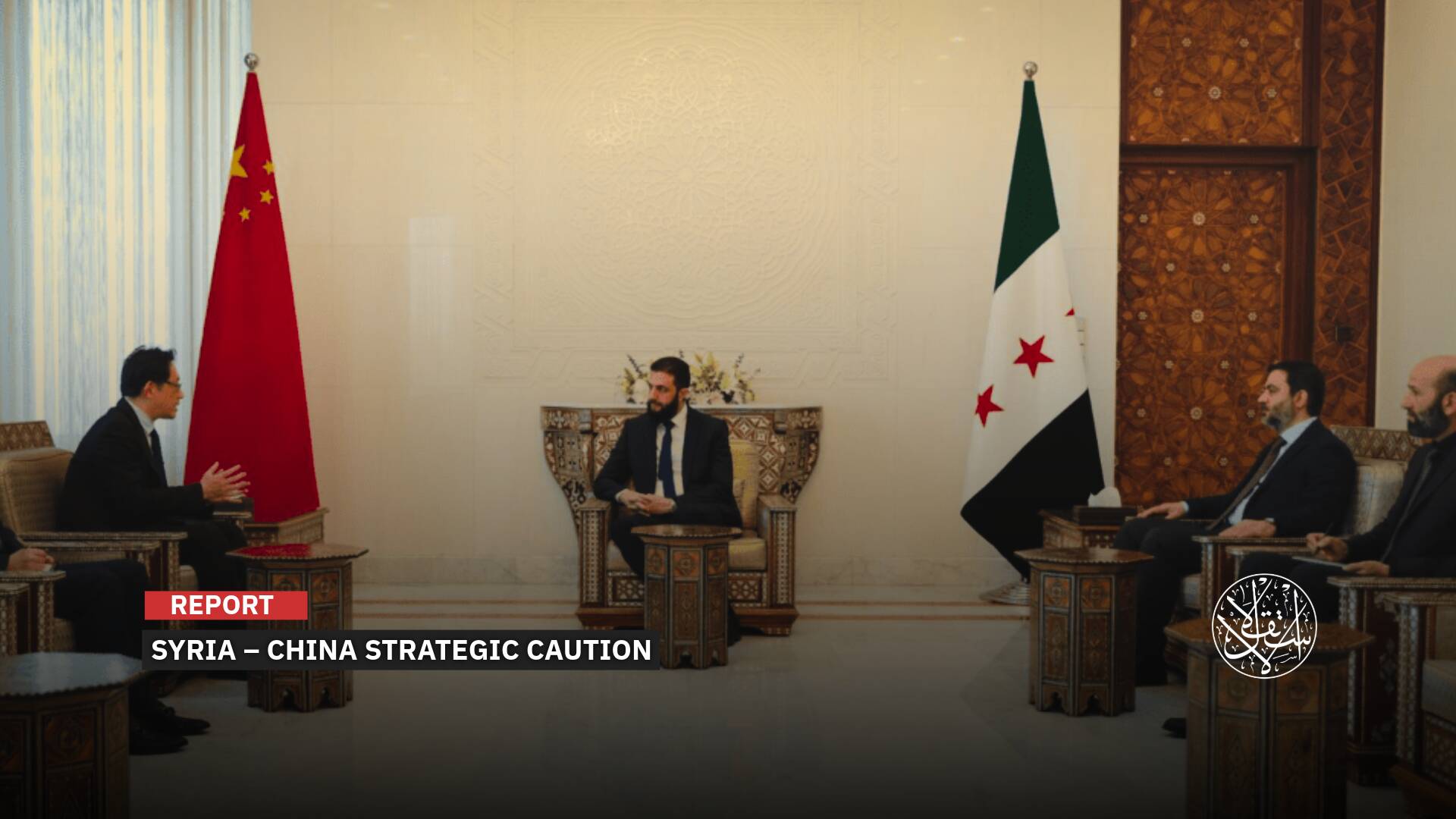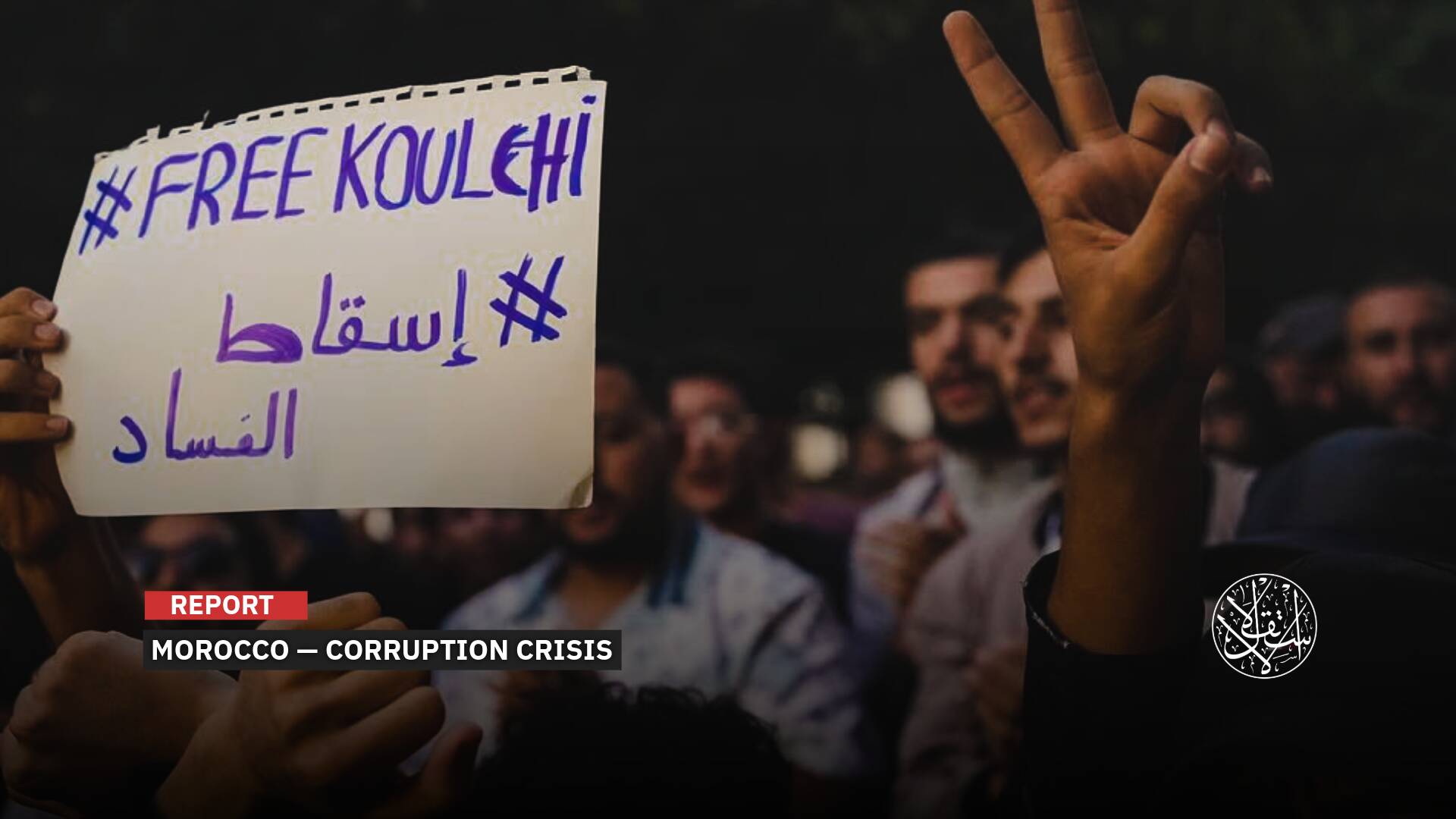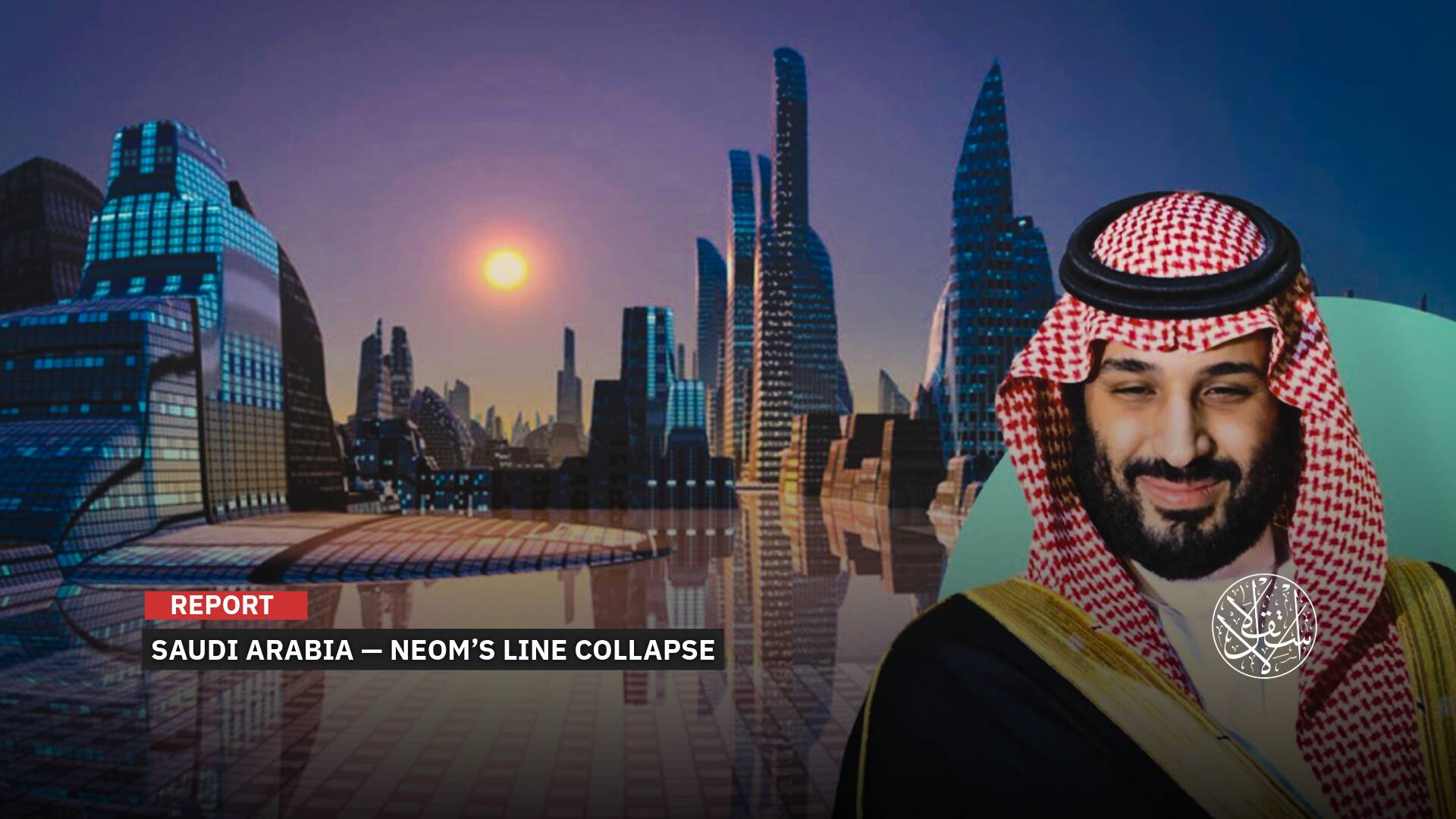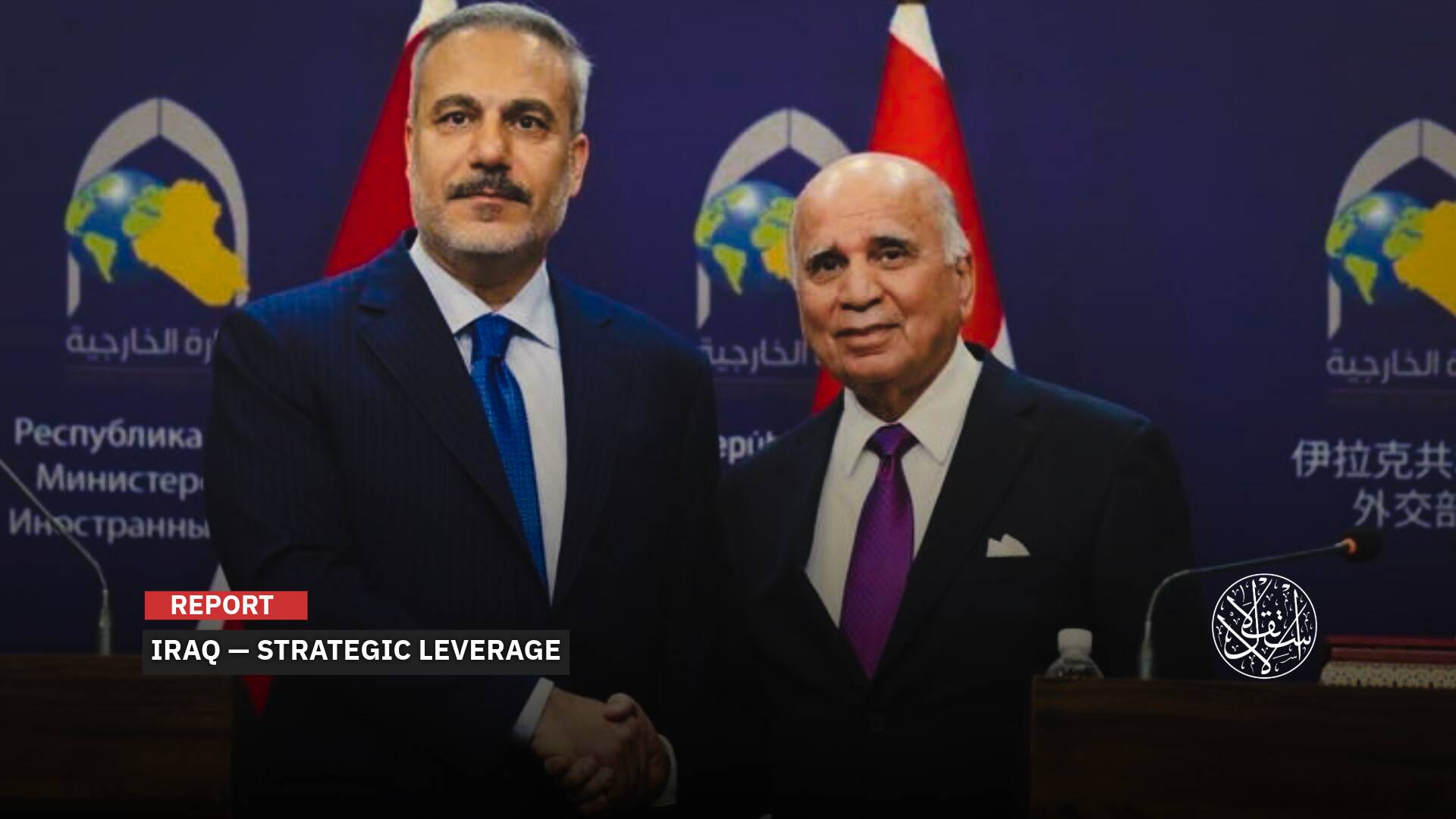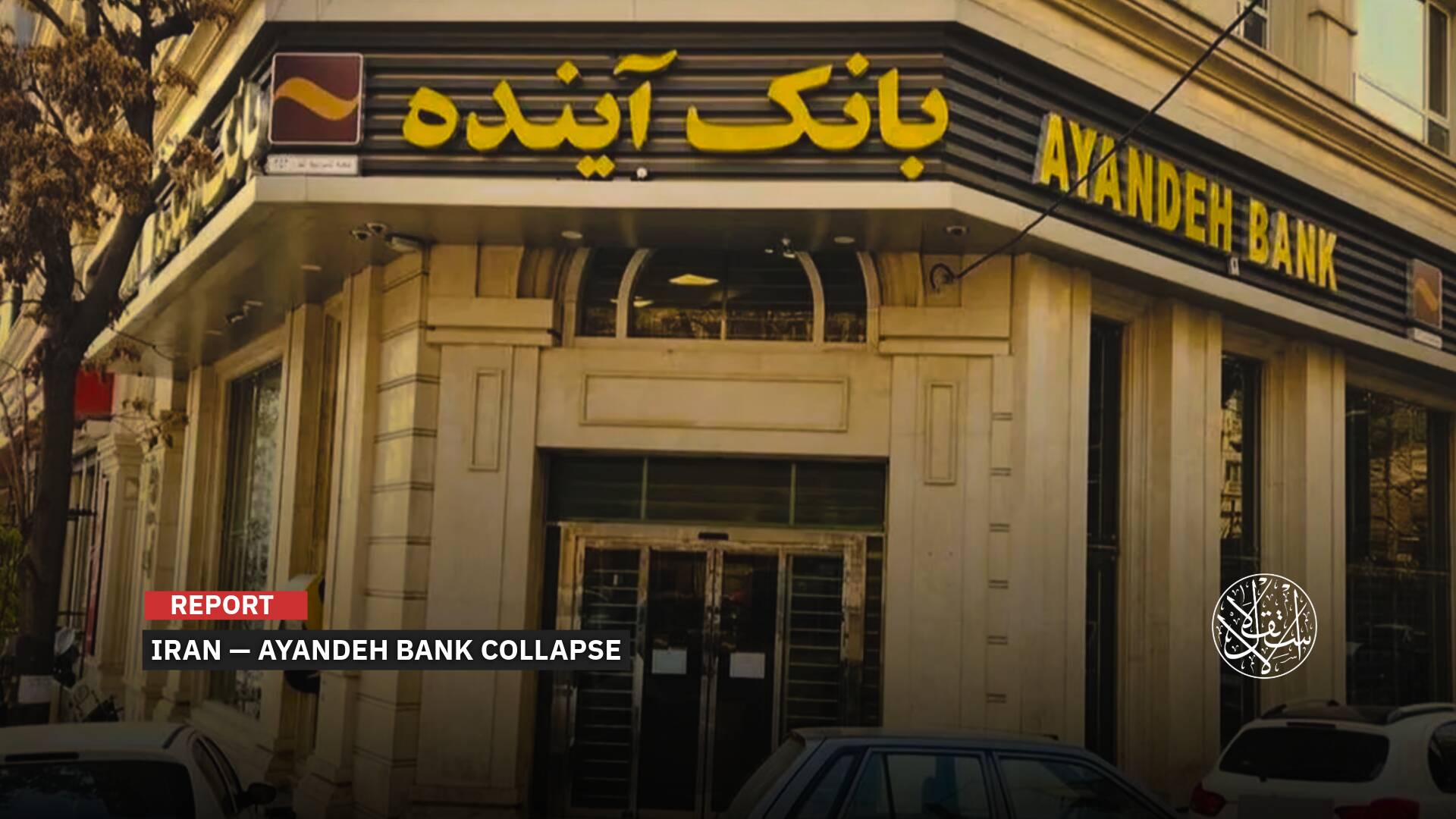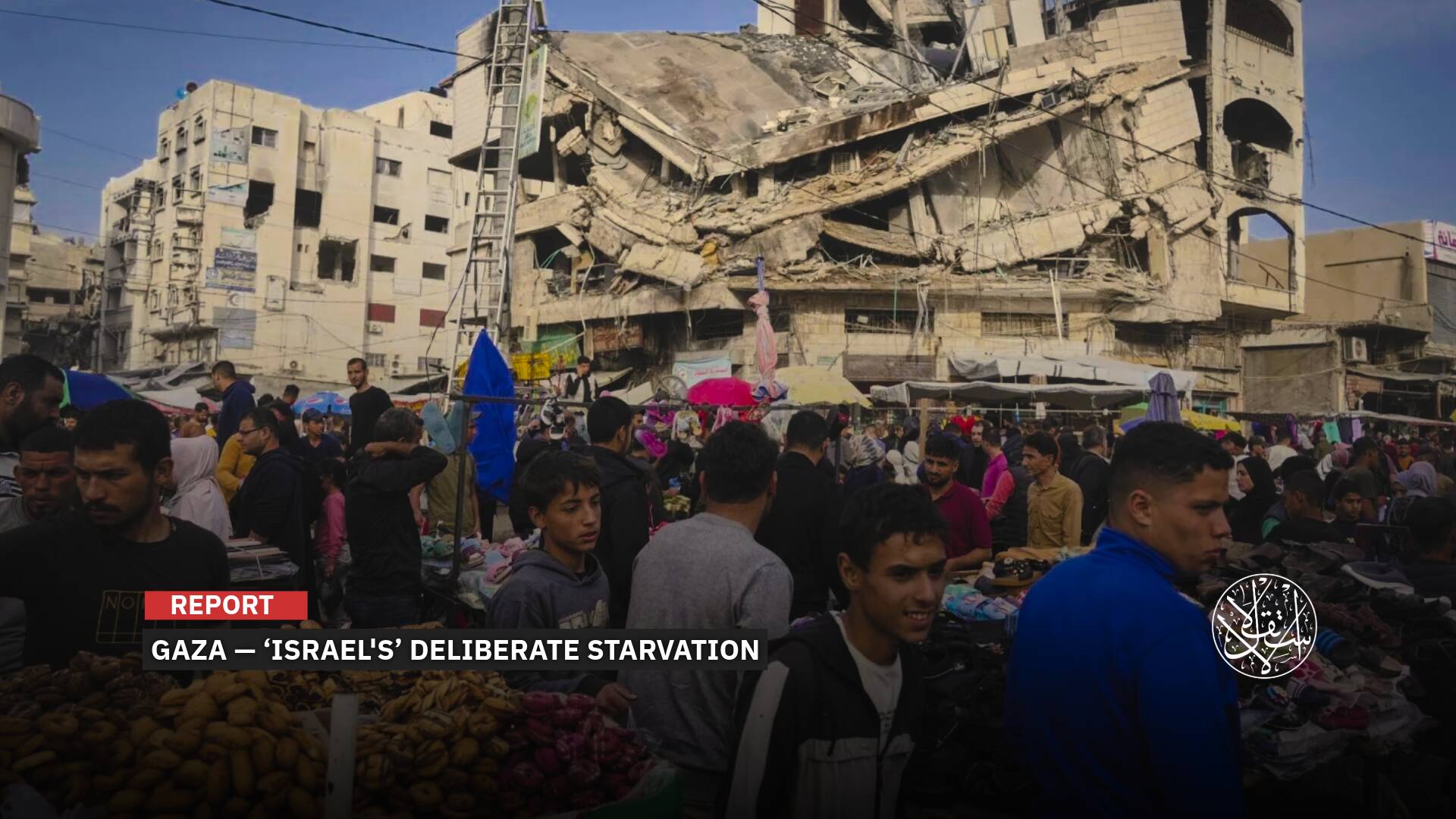Anti-Muslim Bigotry: How Islamophobia in the U.S. Became a Profitable Industry

“More than three-quarters of Muslims in the U.S. say they have faced some discrimination.”
Islamophobia is not new in the United States. According to the UC Berkeley database, a total of 44 states across the country introduced 232 anti-Sharia bills.
93.7% of American Muslims report that Islamophobia affects their emotional and mental well-being, and 62% feel religion-based hostility.
A Brigham Young University study found that over the past 25 years, Muslims have been portrayed more negatively than cancer and cocaine, while US media has disproportionately focused on crimes committed by Muslims.
In addition to intolerant media, US elite politicians are also entrenching the bias, as attacking Muslims is very popular among Republican voters.
Senior government officials in the Donald Trump administration were often heard making inappropriate comments on Islam.
The Council on American-Islamic Relations (CAIR) received 8,658 complaints of anti-Muslim and anti-Arab incidents in the U.S. in 2024—a 7.4% increase year-over-year and the highest number since the group began compiling data in 1996.
Islamophobia Network
In one of his speeches during the 2016 presidential campaign, US President Donald Trump said, “Islam hates us. We have to get to the bottom of it.”
This statement was not just a personal opinion, but part of a growing global wave exploiting fear of Muslims, turning it into electoral fuel and a source of wealth.
A recent study reveals that Islamophobia has become an integrated industry in which political, economic, and media interests intertwine to create pressure and funding networks that promote a distorted image of Muslims and work to intimidate communities against them.
The study, published on June 16, was a joint effort by the Council on American-Islamic Relations (CAIR) and a research center at the University of California, Berkeley.
It emphasized that the systematic campaigns against Islam and Muslims today are no longer merely a cultural or emotional phenomenon, but have transformed into a massive, profitable system that markets Islamophobia as a political, security, and media product.
It noted that it seems that behind every slogan or stereotype about Muslims, there is a hidden budget and a network of relationships that finance, distribute, and invest in hatred.
Although many people believe that anti-Muslim sentiment stems from extremist individuals or groups, the reality reveals the existence of an organized network that funds and operates systematic campaigns against Islam and Muslims with huge budgets.
The number of groups that make up what’s become known as the Islamophobia industry in the U.S. more than tripled between 2016 and 2018.
In a 2021 report by the CAIR, titled ‘Islamophobia in the Mainstream’, it documented that at least 35 American entities funneled approximately $106 million to 26 anti-Muslim groups between 2017 and 2019.
These groups include organizations that claim to work in research and public policy, but in reality, they form the backbone of the Islamophobia industry. The most prominent of these are:
- The Middle East Forum (MEF), headed by conservative author Daniel Pipes, presents itself as an intellectual platform while frequently publishing reports linking Islam to extremism and security threats.
It also runs projects such as Campus Watch and Islamic Watch, which target Muslims in the academic and public spheres.
- ACT for America, one of the largest anti-Muslim lobby groups in the U.S., was founded by Bridget Gabriel, and openly calls for strict surveillance of mosques and promotes legislation banning Sharia law.
It has been designated a hate group by the Southern Poverty Law Center (SPLC) due to its inflammatory rhetoric.
- The David Horowitz Freedom Center (DHFC), an organization that actively funds anti-Muslim content, links Islam to terrorism in dozens of reports and articles directed at the press and policymakers.
It includes far-right websites such as Jihad Watch and FrontPage Magazine, which play a pivotal role in spreading Islamophobia.
According to the Bridge Initiative at Georgetown University, these organizations receive their funding through tax-deductible donations, meaning that the US government indirectly legitimizes and financially supports them.
According to an analysis of US tax records, a number of wealthy conservatives support these anti-Muslim groups, in addition to several far-right websites, such as the Mercer family and the Adelson family.
The CAIR report revealed that the Islamophobia network operates not only at the content production level, but also seeks to influence legislation and policy by funding election campaigns and providing misleading testimony in official hearings.
It concluded that Islamophobia is no longer just hate speech, but rather a political and economic strategy supported by a powerful and complex funding network.
In its 2011 report ‘Fear, Inc.’, the Center for American Progress found that seven charitable foundations had funneled $42.6 million to anti-Muslim groups between 2001 and 2009.
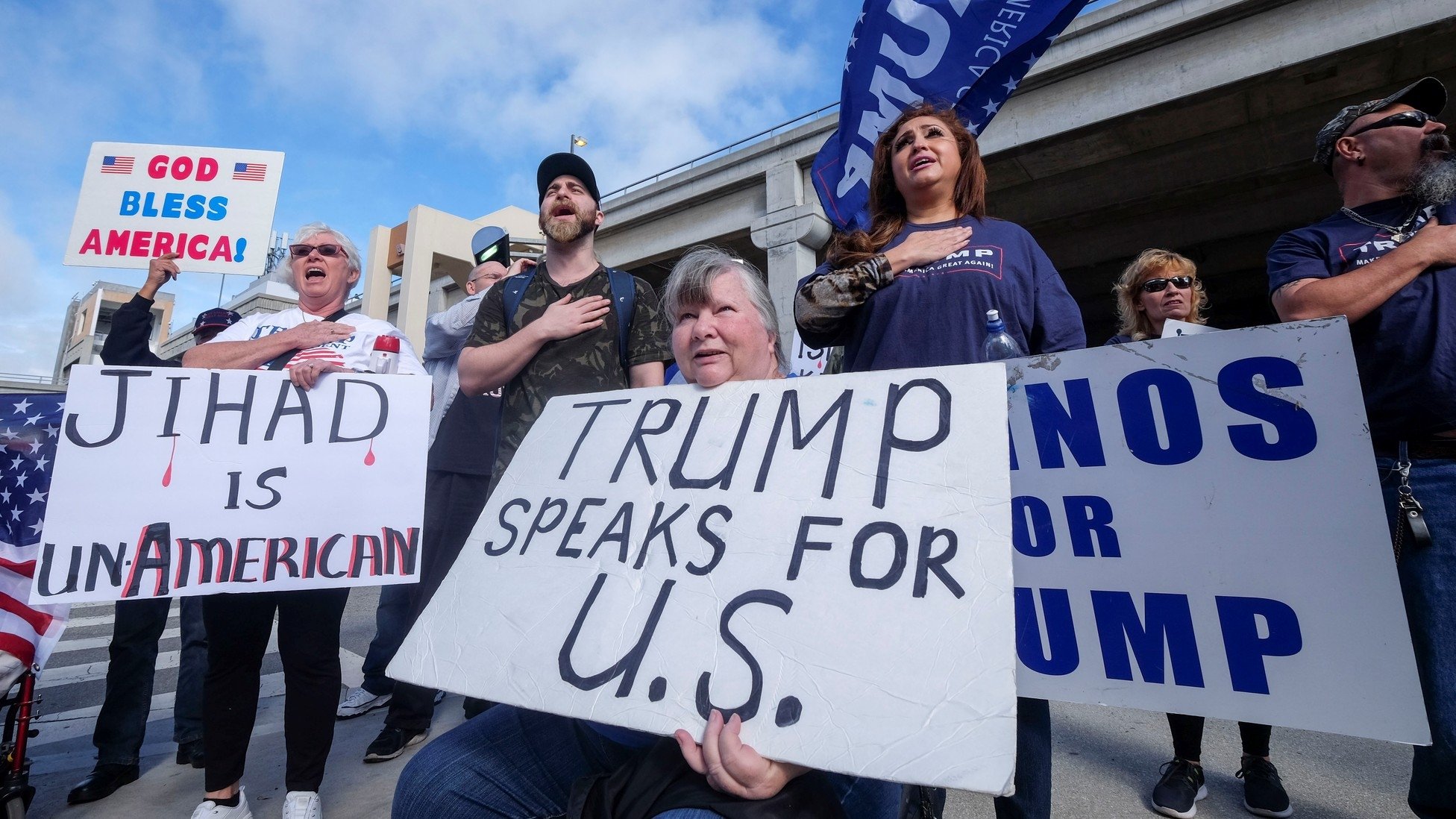
Real Threat
Following the September 11 attacks, multiple government programs and initiatives were created with the intent to keep all citizens safe.
However, they have at times been used to target and discriminate against innocent Muslims.
A recent report revealed that private security companies, police departments, and military training centers have entered the line of investing in fear of Islam.
It indicated that they offer training programs that focus on what they call the Islamic threat, while excluding any mention of right-wing extremism or even white supremacist groups, despite the fact that they represent a real, immediate, and growing threat in Western societies.
This information confirms what the American Civil Liberties Union (ACLU) has revealed in numerous reports that dozens of municipalities and security agencies have signed agreements with private companies to organize training workshops for police officers on ‘Islamic terrorism’.
The training materials used are often full of fallacies and preconceived accusations, and use terms such as jihad, sharia, and hijab as indicators of extremism, completely ignoring the cultural and religious diversity within Muslim communities.
FBI training manuals view American Muslims as a threat and portray Islam as a religion of violence.
One of the most prominent examples of this, according to The Guardian, is the New York Police Department's surveillance project between 2002 and 2014, which included surveillance of mosques, Islamic centers, and Muslim college students, without any evidence of their involvement in suspicious activities.
Lawsuits were later filed against the police department, which eventually acknowledged the illegality of these practices and pledged not to repeat them.
The newspaper noted that the companies that organized these training courses or provided content to police forces were earning millions of dollars through contracts signed with municipalities, security ministries, and even the US Department of Defense.
Among them are international security companies that offer training programs that primarily focus on portraying Muslims as a potential threat, without distinguishing between ordinary Muslims and extremists, contributing to the perpetuation of a dangerous and false stereotype.

Political Tool
Research and reports over the past years have indicated that Western media has played a central role in perpetuating the image of Muslims as a threat, often as a tool of political forces or centers of economic influence that market Islamophobia as a product.
From 2006 to 2015 in the U.S., terrorist attacks by those who identify as Muslim received 357% more media attention than terrorist attacks by other groups despite only accounting for 12.5% of all terrorist attacks in the country.
For major news outlets, there was an estimated 758% increase in media portrayal of Muslim terrorist attacks compared to any other terrorist attack.
Although coverage for terrorist attacks perpetuated by Muslim individuals was high, only 12.5% of US domestic terrorist attacks between 2006 to 2015 were committed by Muslims.
Thus, the lifestyle of Muslim extremist groups or individuals are being overrepresented in relation to the average Muslim lifestyle in order to fuel stereotypes and misconceptions that much of the American public has towards Muslims.
The US media’s portrayal of war and conflict between the U.S. and Middle Eastern countries has also increased discrimination against Muslims.
A 2021 report by the Media Inclusion Initiative at the Annenberg School for Communication at the University of Southern California, titled ‘Missing & Maligned: The Reality of Muslims in Popular Global Movies’, indicated that Muslims are often portrayed as extremists or terrorists in film productions.
It analyzed 200 international films between 2001 and 2020 and concluded that more than 80% of Muslim characters were associated with violence, intolerance, or threats, while only 3% depicted Muslims as normal or positive.
It also noted that some American media figures are building their reputations by attacking Muslims, most notably Ben Shapiro, who is known for his hostile stances toward Islam on his Daily Wire channel.
Shapiro receives support from the same funding networks that fund Islamophobia production centers in the U.S.
It concluded that the media has become a central tool for promoting hatred, perpetuating stereotypes, and justifying discriminatory policies against Muslims in the West.
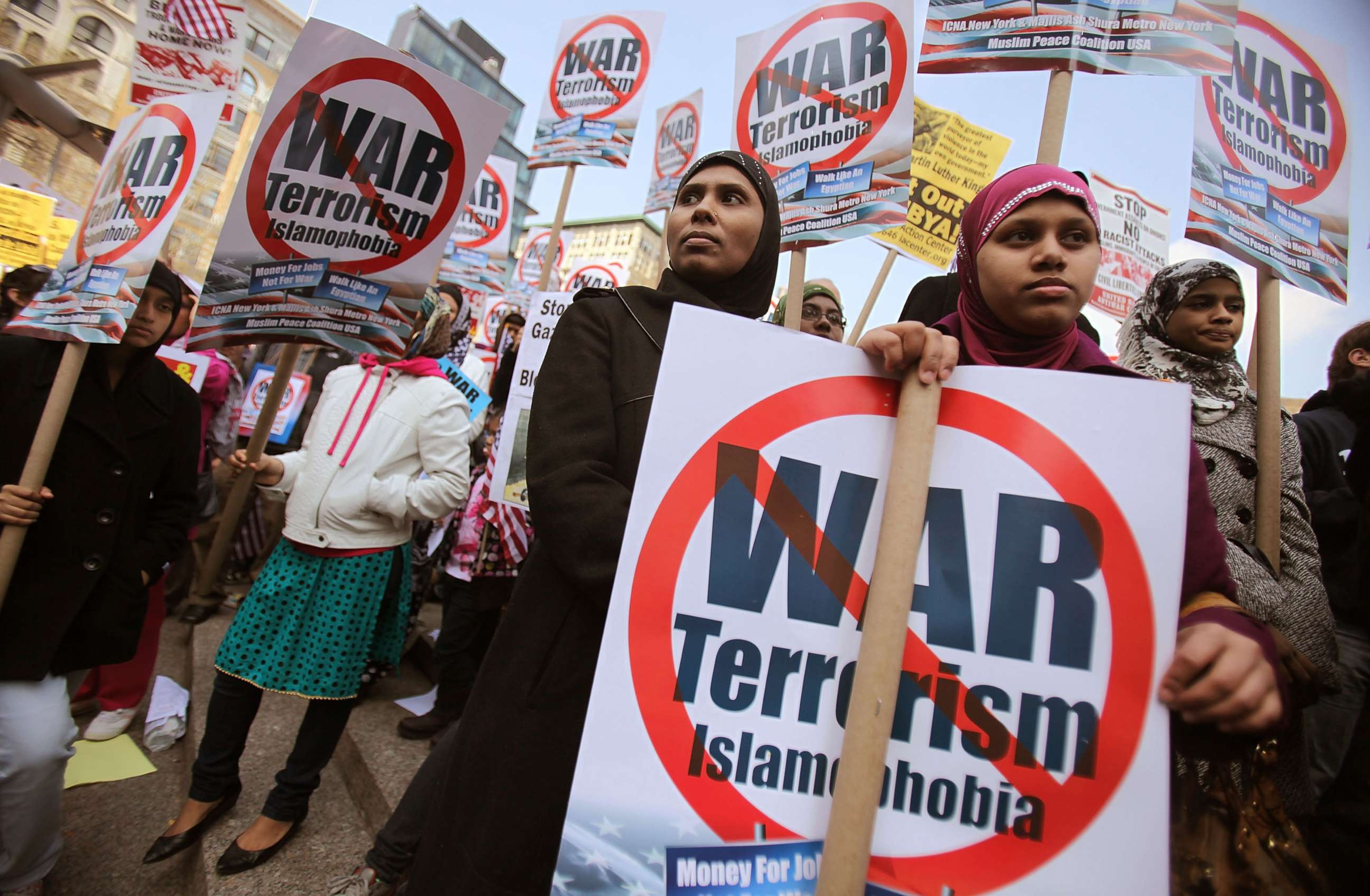
Popular Cover
According to a 2021 report by the United Nations Human Rights Council (UNHRC), Islamophobia is not just a passing discourse or opinion in the media; it is a phenomenon with harsh daily consequences for the lives of millions of Muslims, particularly in the West.
In its annual hate crimes report, the FBI indicates that hate crimes against Muslims have seen a sharp increase after every major incident in which a Muslim is accused, or following hostile statements by public figures.
For example, reports increased by 67% after Trump's 2016 election, coinciding with his inflammatory rhetoric against Muslims.
This pattern is repeated after every attack attributed to a Muslim, with physical and verbal assaults on veiled women and threats to mosques and Islamic centers on the rise.
Human Rights Watch (HRW) believes that Islamophobia provides a populist cover for many repressive policies, such as surveillance of mosques, closures of Islamic associations, visa restrictions, and the crackdown on civil society organizations.
Sometimes, any protest or dissenting opinion by a Muslim is labeled a sign of extremism, marginalizing Muslims from the public sphere and pushing many of them toward isolation or withdrawal from political participation.
HRW notes that the industry of fear of Islam, fueled by corporations, institutions, and media outlets, not only harms Muslims but also tears apart the social fabric, sows doubt among the population, and justifies deviations from the principles of freedom and equality.
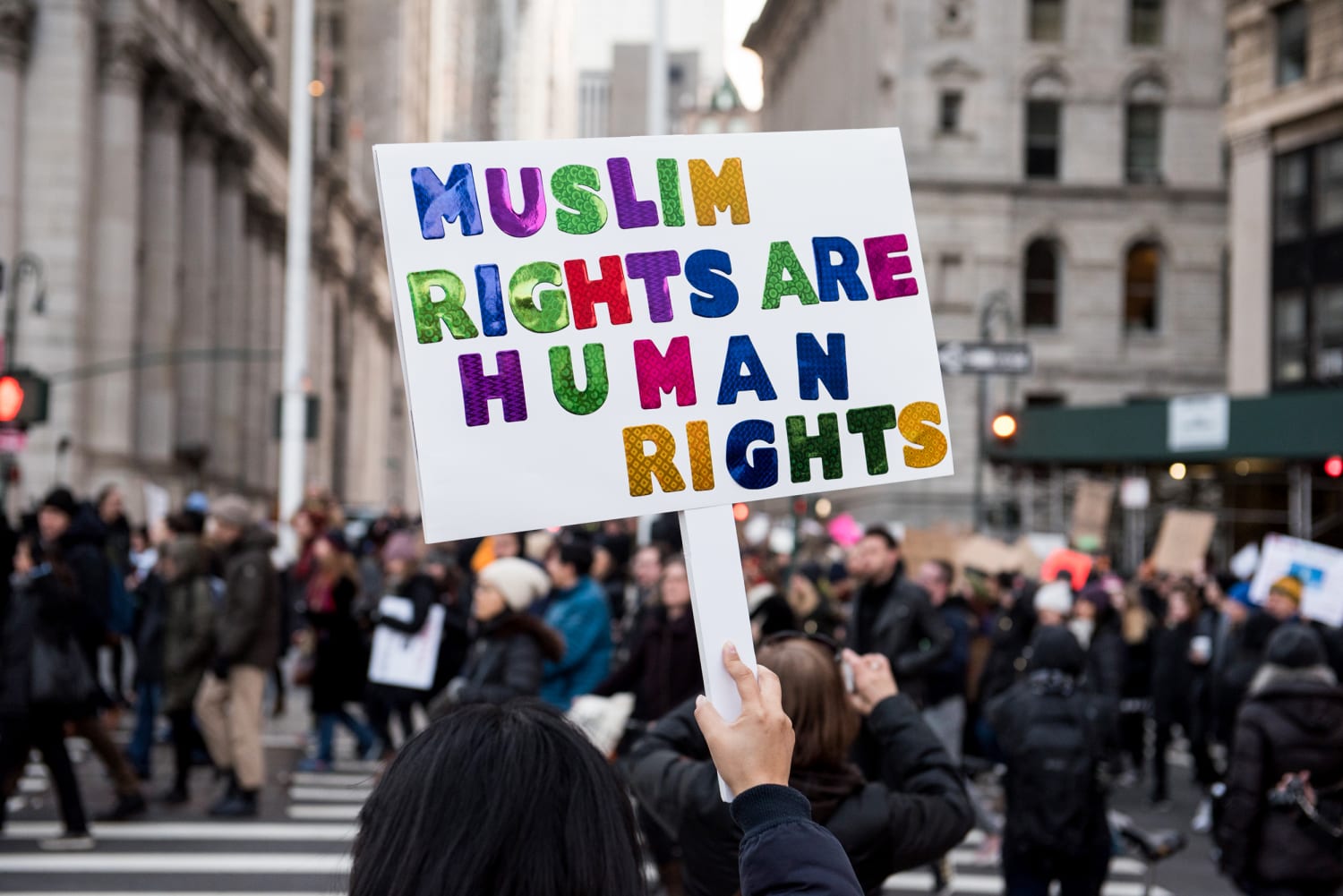
In light of this intertwined landscape of politics, media, and commercial interests, Islamophobia appears to be more than just prejudice; it is a profitable system that fuels hatred and legitimizes exclusion.
The greatest danger is that societies that allow fear to be turned into a business and division into law are undermining their moral foundations and compromising their unity and shared future.
Sources
- The Consequences of Islamophobia on Civil Liberties and Rights in the United States and Its Implications for Muslim Americans [Study]
- Islamophobia in the Mainstream [Report]
- Mamdani’s victory also repudiated the Islamophobia of U.S. politics
- NYPD settles lawsuit after illegally spying on Muslims
- New Al Jazeera documentary exposes influence of anti-Muslim groups in the Trump era
- Missing & Maligned: The Reality of Muslims in Popular Global Movies [Study]
- Discrimination against Muslims in the United States [Study]
- Terrorism Fears Don’t Justify Islamophobia



